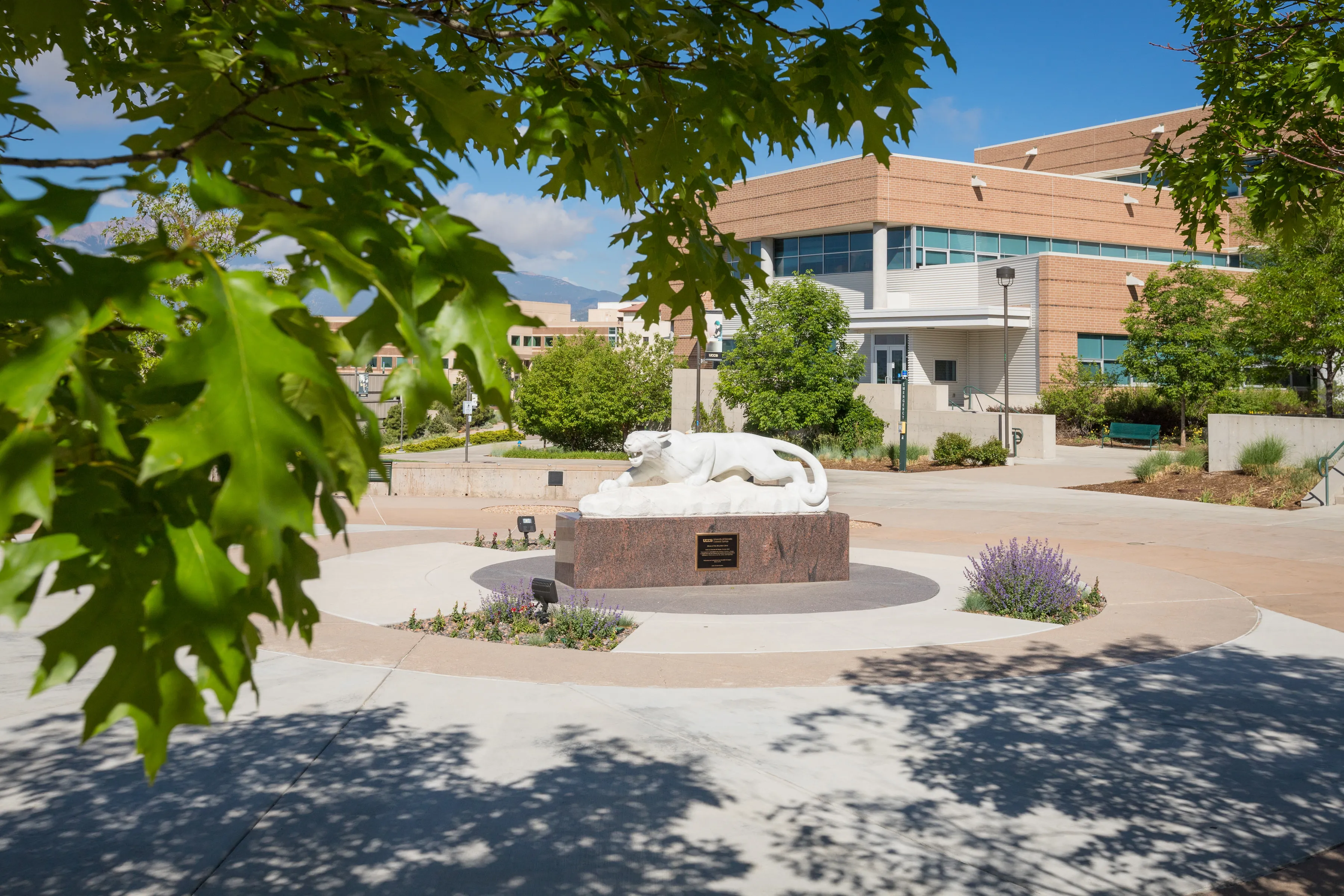
Foot Protection
Foot Protection
Foot protection is necessary for a wide variety of hazards and therefore there are a wide variety of shoes and accessories. Some of the hazards present are falling objects, moving machinery, sharp objects, hot materials, chemicals, or slippery surfaces.
The most basic form of foot protection are closed-toed shoes and long pants. These are the basic requirements for laboratories and other hazardous work environments.
IMPORTANT: Sandals, open-toed shoes, open-backed shoes, or Crocs do not protect feet from any workplace hazards and are unacceptable in labs, machine shops, and other hazardous areas.
| Type of Protection | Hazards It Protects Against | When to Utilize | Example |
|---|---|---|---|
| Steel Toe Boots | Falling objects, kicking, crushing hazards | Around heavy machinery or when moving large objects | 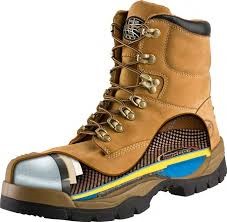 |
| Steel Plated Boots | Punctures | Construction sites or environments with sharp objects | 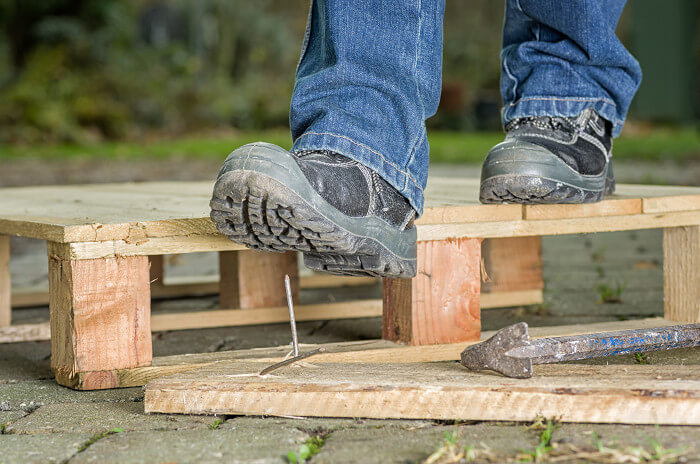 |
| Slip-Resistant Shoes | Slip hazards (water, oil) | Kitchens, wet floors, spills | 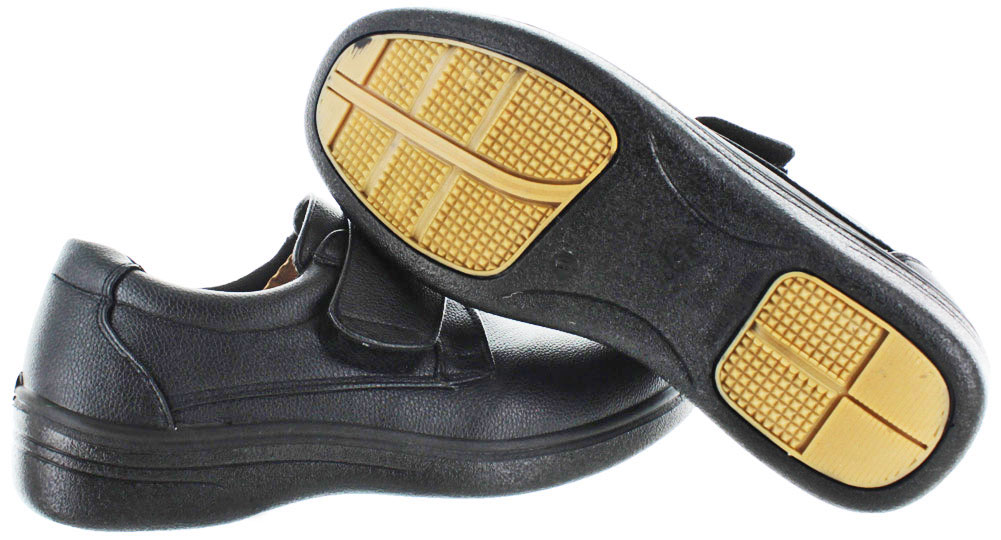 |
| Insulated Shoes | Cold temperatures | Winter work or cold environments | 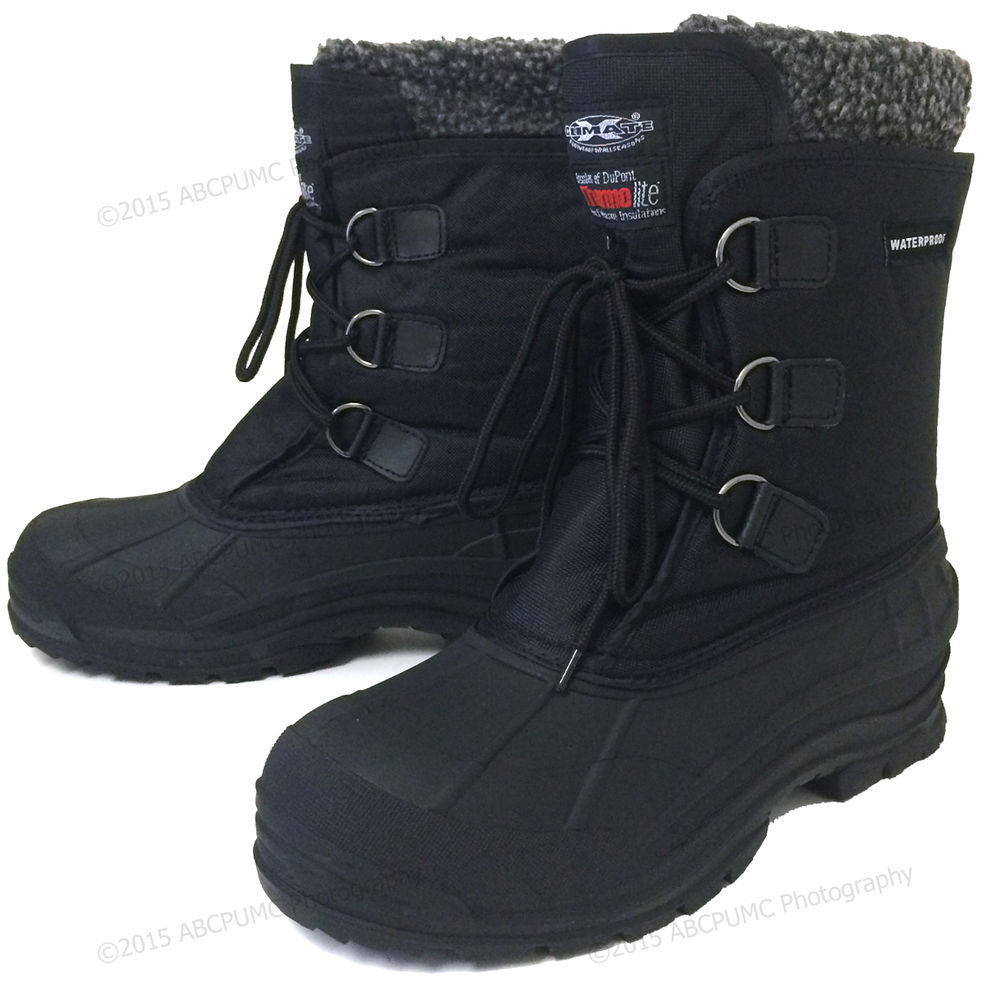 |
| Chemical Resistant | Exposure to chemicals | Chemical handling or spill clean-up | 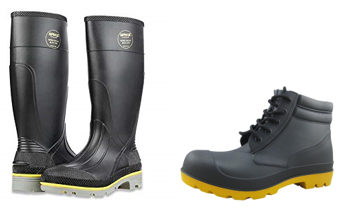 |
| Electrical Rated | Electrical hazards | Electrical work | 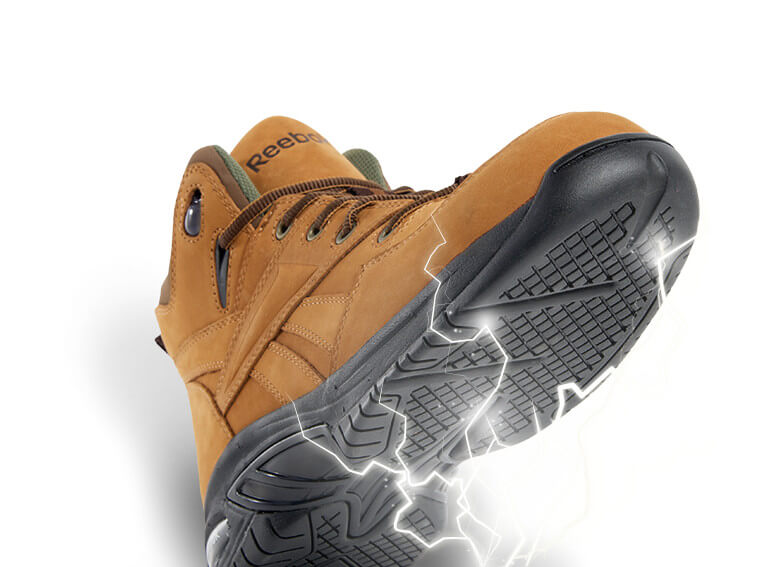 |